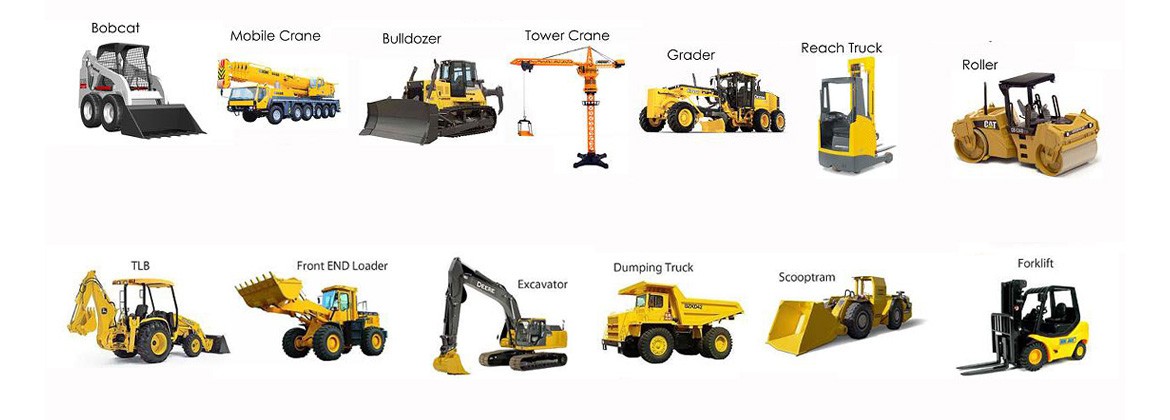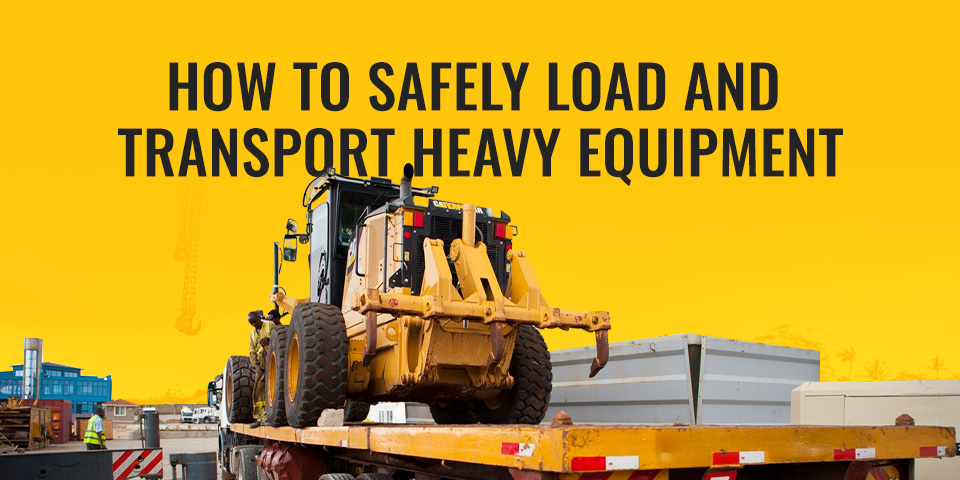Scissor Lift Rental: Safe and Efficient Solutions
Scissor Lift Rental: Safe and Efficient Solutions
Blog Article
Leasing Vs. Buying Building Tools: Making the Right Option for Your Job
When beginning on a building and construction task, one of the essential choices that project stakeholders and supervisors face is whether to acquire or rent out building and construction devices. The decision hinges on numerous aspects such as cost factors to consider, project period, equipment upkeep, scalability, versatility, and risk monitoring.
Cost Considerations
When assessing the financial element of renting out versus acquiring building equipment, the long-term expenditures and upfront expenses should be very carefully taken into consideration. Leasing devices frequently needs reduced preliminary repayments compared to purchasing, making it an attractive option for temporary jobs or specialists with spending plan restraints. Renting out gets rid of the requirement for huge resources outlays and minimizes the monetary threat linked with tools possession, such as maintenance and devaluation prices. However, in the future, constantly renting equipment can build up greater prices than buying, specifically for extended tasks.
On the other hand, buying building tools includes greater in advance prices yet can result in long-lasting financial savings, particularly for frequent individuals or lasting projects. Possessing equipment offers versatility, ease, and the potential for resale value once the task is finished. Furthermore, possessing tools allows for personalization and knowledge with details equipment, potentially boosting performance and performance on-site. Inevitably, the choice in between renting and getting building tools rests on the task's duration, frequency of use, budget plan factors to consider, and lasting economic objectives.
Task Duration

Conversely, for long-lasting projects or continuous construction job, purchasing devices might be the more affordable choice. Buying devices can lead to cost savings over time, specifically if the tools will be often used. Additionally, having tools offers a sense of control over its accessibility and permits modification to fit certain job demands.

Devices Upkeep
Given the important function job period plays in identifying the most cost-effective approach between acquiring and renting building equipment, the emphasis currently moves towards analyzing the essential element of tools maintenance. Appropriate maintenance is vital for guaranteeing the optimal efficiency and longevity of construction equipment. Leasing equipment typically features the benefit of having well-maintained machinery offered by the rental firm. This can minimize the problem of maintenance tasks from the job owner or specialist, saving effort and time. On the various other hand, owning equipment calls for an aggressive approach to maintenance to avoid malfunctions, make sure safety, and expand the devices's lifespan. Normal inspections, maintenance, and prompt fixings are necessary to maintain owned equipment in click for source top functioning condition. Variable in maintenance prices when choosing between leasing and acquiring, as ignoring maintenance can result in costly repair work, downtime, and job delays. Ultimately, a well-kept building equipment fleet, whether rented out or owned, is vital for the efficient and effective conclusion of building tasks.
Flexibility and Scalability
In the realm of construction equipment management, the facet of versatility and scalability holds significant importance for job efficiency and resource application. Opting to rent out building tools gives a high level of versatility as it permits for the quick adjustment of equipment kinds and amounts based on the evolving requirements of a task.
Furthermore, scalability, an additional crucial variable, is naturally linked to adaptability. Renting construction equipment offers the advantage of quickly scaling procedures up or down as job demands vary. Professionals can rapidly add or trade devices to match the project's changing needs without the constraints of owning assets that might come to be underutilized or outdated. This capability to range sources effectively can lead to price savings and enhanced job timelines, making leasing a beneficial choice for jobs calling for adaptability and receptive resource allotment.
Danger Management
Efficient threat monitoring in construction equipment operations is paramount to making sure job success and mitigating potential economic losses. Building and construction tasks inherently include numerous risks, such as devices malfunctions, mishaps, and project delays, which can considerably affect the project timeline and budget. By thoroughly taking into consideration the dangers associated with owning or renting building equipment, job supervisors can make informed choices to minimize these prospective hazards.
Renting out construction equipment can provide a degree of risk mitigation by transferring the site duty of repair and maintenance to the rental firm. This can lower the economic concern on the job proprietor in situation of unforeseen tools failures (forklift rental). Additionally, leasing supplies the flexibility to accessibility specialized equipment for specific task phases, lowering the threat of owning underutilized machinery
On the other hand, possessing construction devices supplies a feeling of control over its use and upkeep. However, this also suggests birthing the complete obligation for repairs, upkeep expenses, and depreciation, raising the economic dangers linked with tools possession. Mindful risk evaluation and factor to consider of factors such as job duration, devices application, useful source and maintenance needs are vital in identifying the most appropriate option for effective threat administration in construction projects.
Conclusion
To conclude, when deciding between getting and leasing construction equipment, it is very important to take into consideration cost, task duration, tools maintenance, risk, scalability, and adaptability management. Each variable plays an important duty in identifying one of the most suitable alternative for the project handy. By very carefully examining these elements, job supervisors can make an informed decision that aligns with their spending plan, timeline, and general task goals.

Report this page